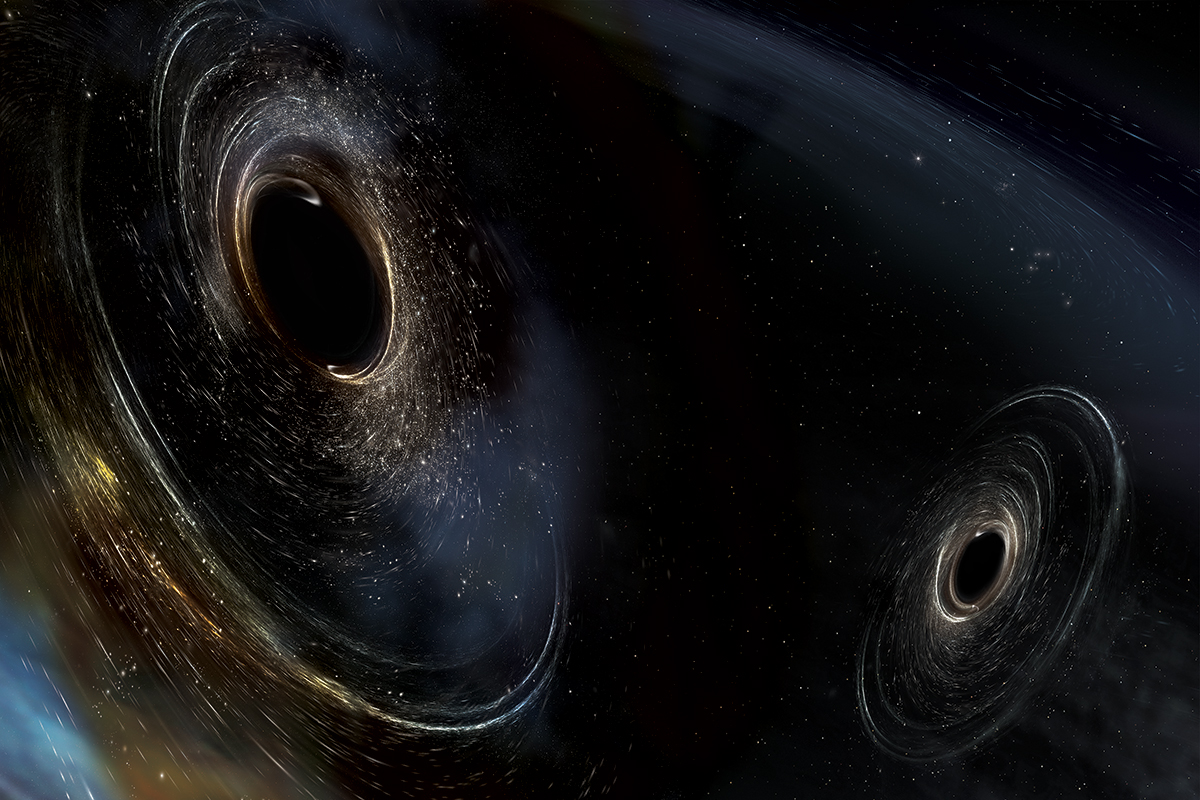

So where does this leave us, according to Adami? Trying to solve this information paradox has kept Adami awake many nights as demonstrated by his thick notebooks filled with 10 years of mathematical calculations. Quantum communication theory was designed to understand how information interacts with quantum systems, and Adami was one of the pioneers of quantum information theory back in the ’90s. “While a few people did realize that the stimulated emission effect was missing in Hawking's calculation, they could not resolve the paradox without a deep understanding of quantum communication theory,” Adami said. With so many researchers trying to fix Hawking’s theory, why did it take so long if it was hiding in plain sight? There must also be the possibility of stimulated emission -– the process that puts the S in LASER.” Hawking's famous black hole radiation is an example of so-called spontaneous emission of radiation, but it is only part of the story. Ironically, it has been hiding in plain sight for years. This copying mechanism was discovered by Albert Einstein in 1917, and without it, physics cannot be consistent,” Adami said.ĭo others agree with Adami’s theory that stimulated emission is the missing piece that solves the information paradox?Īccording to Paul Davies, cosmologist, astrobiologist and theoretical physicist at Arizona State University, "In my view Chris Adami has correctly identified the solution to the so-called black hole information paradox. “If you throw information at a black hole, just before it is swallowed, the black hole first makes a copy that is left outside. Basically, it works like a copy machine: you throw something into the machine, and two identical somethings come out. “Stimulated emission is the physical process behind LASERS (Light Amplification by Stimulated Emission of Radiation). Stimulated emission makes the black hole glow in the information that it swallowed. The solution, Adami says, is that the information is contained in the stimulated emission of radiation, which must accompany the Hawking radiation – the glow that makes a black hole not so black. So if the black hole sucks in information with its intense gravitational pull, then later disappears entirely, information and all, how can the laws of quantum physics be preserved?

No law of physics that we know allows this to happen.” “A loss of information would imply that the universe itself would suddenly become unpredictable every time the black hole swallows a particle. “According to the laws of quantum physics, information can’t disappear,” Adami said. “In his original theory, Hawking stated that the radiation slowly consumes the black hole and it eventually evaporates and disappears, concluding that information and anything that enters the black hole would be irretrievably lost.”īut this theory created a fundamental problem, dubbed the information paradox. They actually radiate a featureless glow, now called Hawking radiation,” Adami said. “In 1975, Hawking discovered that black holes aren’t all black. One of the many perplexities is a decades-old debate about what happens to information – matter or energy and their characteristics at the atomic and subatomic level – in black holes. Hawking, considered to be the foremost expert on black holes, has over the years revised his theory and continues to work on understanding these cosmic puzzles. 22, 2014, stating that event horizons – the invisible boundaries of black holes – do not exist. The debate about the behavior of black holes, which has been ongoing since 1975, was reignited when Hawking posted a blog on Jan. Now Professor Chris Adami, Michigan State University, has jumped into the fray. For decades physicists across the globe have been trying to figure out the mysteries of black holes – those fascinating monstrous entities that have such intense gravitational pull that nothing – not even light – can escape from them.

Recently physicists have been poking holes again in Stephen Hawking’s black hole theory – including Hawking himself.


 0 kommentar(er)
0 kommentar(er)
